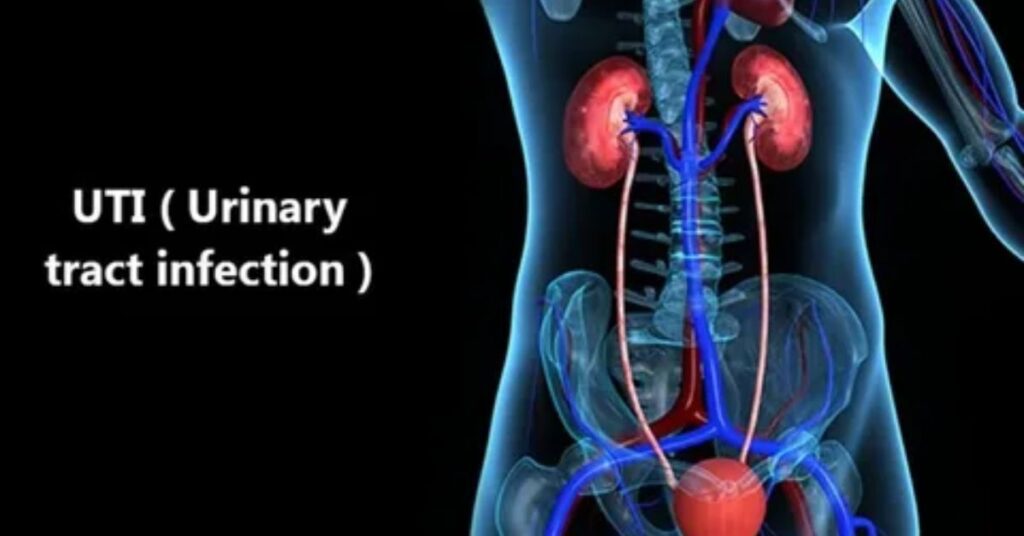Cybercriminals are renowned for their quick thinking. Upon discovering a zero-day exploit, they wasted little time in compromising several systems in the hours that ensued. The persistence of malicious activity might last for weeks or even months, because of numerous businesses’ not implementing professional rmm tools and PSA software, slow response times in applying necessary patches and doing routine measurements.
It can take a lot of time and effort to respond to a zero-day exploit, especially for firms without automated systems. The response time varies depending on the complexity of the exploit and the effectiveness of the organization’s remediation procedure, which can take anywhere from a few hours to several weeks. One must consider the amount of time needed to locate, validate, and address the vulnerability as well as the extra time required to apply the patch to all affected systems. In numerous cases, the longer the time to remedy or resolve (TTR) and the time to patch, the more severe the potential consequences, highlighting the crucial role automation plays in cyber risk response.
In a similar vein, fraudsters don’t waste time taking advantage of vulnerabilities found in organizational defences or in user accounts. Some quickly unleash ransomware or other malicious software to launch a significant attack. That footing is used by others to obtain access to mission-critical systems or privileged accounts. They move swiftly and then cover their traces fast. Their objective is not an easy raid. While they determine the most profitable and advantageous approach to benefit from their efforts, they also want to learn about the organization’s operations and finances without being bothered. When they strike, the organization’s capacity to react effectively and with the least amount of time lost is the only thing preventing devastation.
Rapid Patching Minimizes Timе-to-Remediate Emergencies
One common cause of cybersecurity response events is the inability to fix vulnerabilities quickly and effectively. The correlation that exists between cybersecurity events and a failure to promptly patch is mostly related to the window of opportunity. Cybercriminals want to take advantage of the vulnerability before the company has a chance to fix it. This frequently results in a lag period between the discovery of a vulnerability and its patching, which cybercriminals can take advantage of. For this reason, automating processes is essential to cutting down on patch times.
Despite this fact, the bulk of organizational breaches result from the exploitation of known vulnerabilities for which patches are available but have not been applied. According to the most recent Verizon Data Breach Investigations Report (DBIR), unpatched vulnerabilities like Log4j were among the most frequently reported incidents in 2022. The report highlights how important it is to address zero-day exploits and other attack vectors as soon as possible in addition to patching known vulnerabilities. Organizations that have inadequate time-to-repair and time-to-remedy (TTR) metrics expose themselves to increased risks.
Also Read: Guide to Check Which Powershell Version You are Using
How Can Enterprises Reduce Their Timе-to-Patch and Timе-to-Remediate?
The best option for cutting down on TTR and time-to-patch is automation. Manual patching is just not able to keep up with the increasing number of patches that need to be deployed across several endpoints dispersed across different clouds, systems, and networks. Organizations can greatly reduce the time lag between vulnerability identification and remediation by automating the patching process. This shortens the window of opportunity for cybercriminals to initiate an attack. Patches that are applied quickly and effectively lessen the frequency and variety of cybersecurity incidents.
Businesses can achieve several goals with automation, including:
Thorough scanning to identify all endpoints and devices Quick patch deployment.
Automation of patch and remediation workflows, ideally without the need for scripting
System, network, and endpoint resource availability checks to make sure patches and revisions can be applied.
Patch testing prior to final production deployment
Patch installation verification
Timing-to-patch and time-to-resolution (TTR) can be reduced from weeks, months, or years to hours or days with these additional automated tasks.
Also Read: How To Take Screenshots on Windows and Mac
Conclusion
In the current dynamic and ever-changing digital landscape, the importance of efficient and timely security measures has increased. Due to the increasing sophistication and widespread nature of cyber threats, organizations are continuously seeking methods to enhance their response time and promptly patch vulnerabilities. This is the point at which automation becomes extremely important in improving response times and patch times.
The term “time-to-remedy” describes the amount of time required to identify and resolve a security incident or breach. The longer it takes to identify and address a threat, the more harm it may do to the data and systems of a business. Employing automation tools and procedures can help companies cut down on the amount of time it takes to repair.
Automation makes it possible to continuously monitor networks, applications, and systems, giving businesses the ability to identify security incidents and take immediate action. Automated breach detection solutions can analyze logs, keep an eye on network traffic, and identifying anomalies or unusual activity that can point to a breach. Organizations can mitigate potential effects on their operations by rapidly initiating the remediation process after quickly identifying potential threats.
Moreover, by automating routine processes and workflows, automation can further streamline the incident response process. Automation systems can automatically generate alerts, allocate them to the appropriate teams, and start the necessary steps when a security incident happens. This guarantees a faster and more efficient response by doing away with the need for manual intervention and lowering the possibility of human error.
Automation is essential for lowering time-to-patch in addition to increasing time-to-remedy. Patch management, which involves updating and fixing software and systems to address known vulnerabilities, is a crucial component of keeping a secure infrastructure. On the other hand, the manual process of patch deployment, testing, and identification can be error-prone and time-consuming.
Through the automation of patch deployment across systems and apps, patch management is made simpler and faster. Automated patch management technologies can automatically scan an organization’s infrastructure for vulnerabilities, prioritize patches based on their criticality, and deploy them throughout it. This minimizes the amount of time that attackers must take advantage of vulnerabilities by ensuring that crucial patches are applied on time.
Furthermore, automation can make it easier to test and validate patches prior to deployment, ensuring compatibility and lowering the possibility of unintentional system interruptions. By simulating a variety of environments and scenarios, automated testing tools allow businesses to evaluate the impact of patches before implementing them.
Businesses can achieve quicker and more effective incident response times by implementing automation, which also shortens the time needed to identify security incidents and install necessary patches. Consequently, this improves the organization’s overall security posture by reducing the effect of cyber threats and potential dangers.
Improving time-to-remedy and time-to-patch requires automation. Organizations can minimize potential damage by promptly identifying and responding to security incidents using automated tools and procedures. Furthermore, automation streamlines the patch management procedure, guaranteeing that major vulnerabilities are addressed quickly and reducing the possibility of exploits. Organizations need to embrace automation to protect their valuable assets and keep ahead of cyber threats as technology continues to advance.



